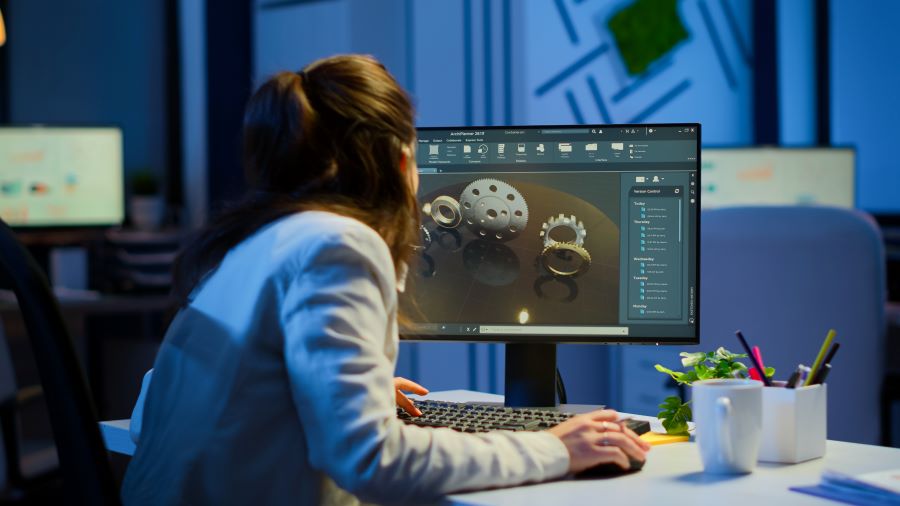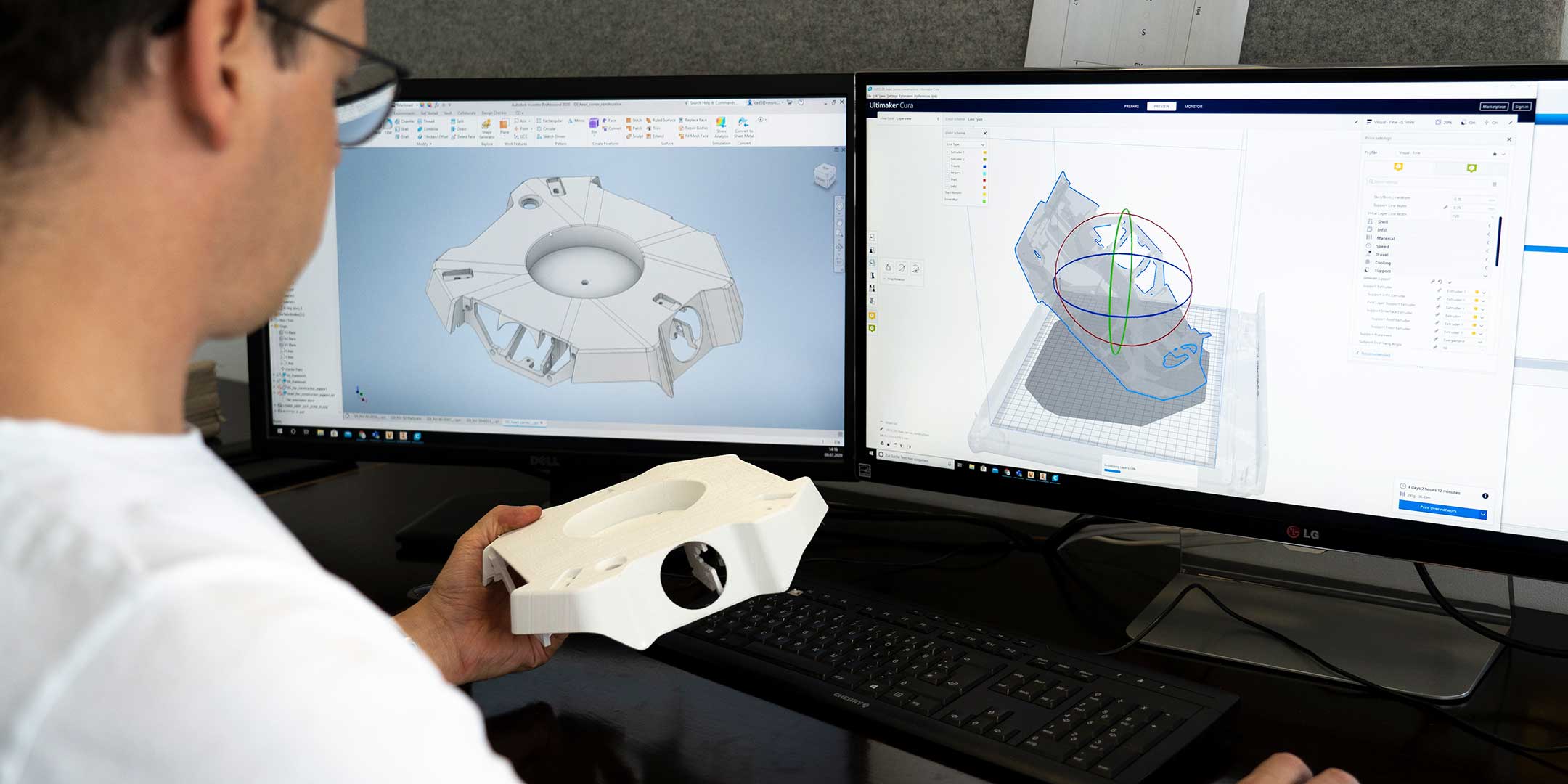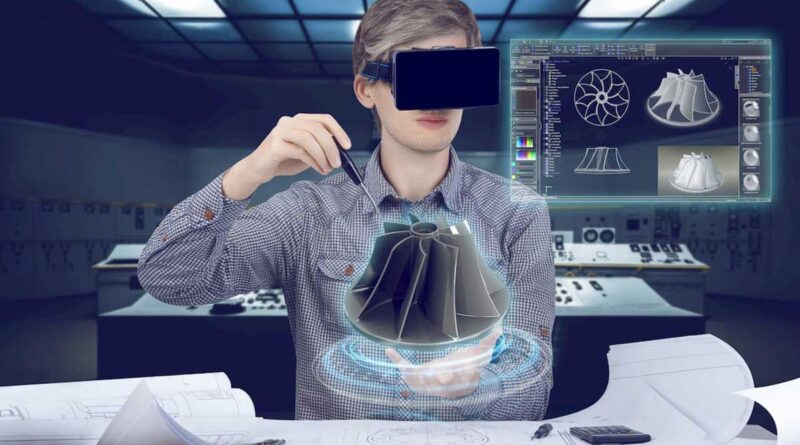Exploring the Future of CAD Design – Trends to Watch
Welcome to the world of Computer-Aided Design (CAD) – a realm where creativity meets technology, and innovations are brought to life. In this blog post, we will explore the future of CAD design and discuss some of the trends that are sure to shape this exciting field. From virtual reality integration to increasingly intelligent software, the future of design looks more interesting than ever.
A New Dawn in Design

CAD has revolutionized the way we design, bringing with it an unprecedented level of precision and efficiency. The coming years promise to continue this trend, and a few key developments stand out from the rest.
Virtual Reality Integration
The lines between the digital and physical worlds are set to blur even further with the use of virtual reality in CAD design. Designers will be able to step inside their creations and make adjustments in real time, offering unprecedented levels of immersion and interactivity.
Intelligent Software
The rise of Artificial Intelligence (AI) is impacting many sectors, and CAD is no exception. From predictive design to automatic error correction, AI will make the design process smoother and more intuitive.
Now, when you consider availing CAD design services, these features aren’t just bonuses; they’ve become the industry standards.
The Transformative Power of 3D Printing

3D printing is another technology on the rise with implications for the CAD industry. This rapidly advancing technology is satisfying both industrial and consumer needs, pushing the boundaries of what is achievable in product creation. New domains are being explored, new frontiers are conquered as the coupling of 3D printing with CAD design transforms manufacturing, architecture, and even medicine.
Rapid Prototyping
The potential for 3D CAD designs to be rapidly converted into physical prototypes has significant implications for the prototype manufacturing process, speeding up the product development cycle. This ability to quickly materialize digital designs into tangible objects leads to faster iterations, hastening innovation and cutting down the time-to-market. Also, the physical presence of an early-stage prototype allows for crucial hands-on assessment, paving the way for more efficient design alterations.
Customized Design
3D printing enables the production of custom designs with ease. As this technology becomes more accessible, we can expect CAD designers to increasingly cater to bespoke design requests. This widens the scope for individuality and innovation in design, allowing consumers to play a more prominent role in the creation of the products they buy. In this way, the consumer transitions from passive recipients to active participants, significantly altering the traditional dynamics of the design process.
As CAD and 3D printing continue to intertwine, they’re raising the expectations and standards in various industries. Chief among these are mechanical design, where CAD and 3D printing are revolutionizing everything from product creation to operational workflows. By using mechanical design services that adopt these cutting-edge technologies, firms can expect greater efficiency and output.
The Sustainability Factor
In a world increasingly concerned with sustainability, CAD techniques that promote efficient and green design will take center stage.
Materials Efficiency
CAD software helps optimize materials use, which not only cuts costs but also personifies sustainability and eco-friendliness.
Energy Efficiency

CAD can model and simulate energy use within designs, aiding the creation of energy-efficient products and buildings.
Embracing these eco-friendly approaches in CAD design could become the industry norm. It represents a significant opportunity for businesses to showcase their commitment to sustainability.
Conclusion
As we look towards the future of CAD design, it’s clear that we are amidst an exciting paradigm shift. With the introduction of increasingly sophisticated software, the integration of cutting-edge technologies like VR and 3D printing, and a greater focus on sustainability, the realm of CAD design is speeding towards a thrilling future. By staying aware of these trends, we can better prepare for the changes on the horizon and take full advantage of what the future of CAD design has to offer.



